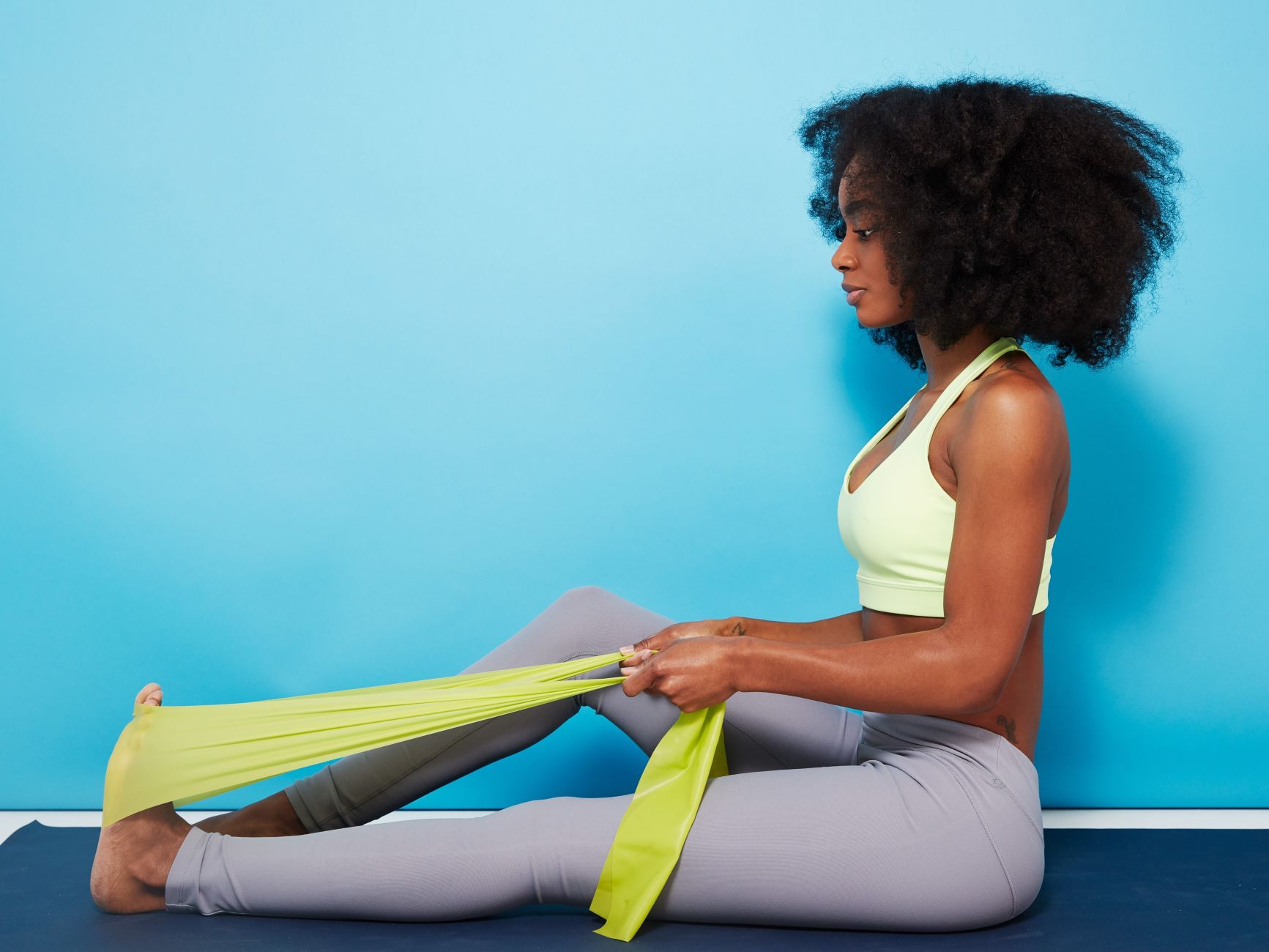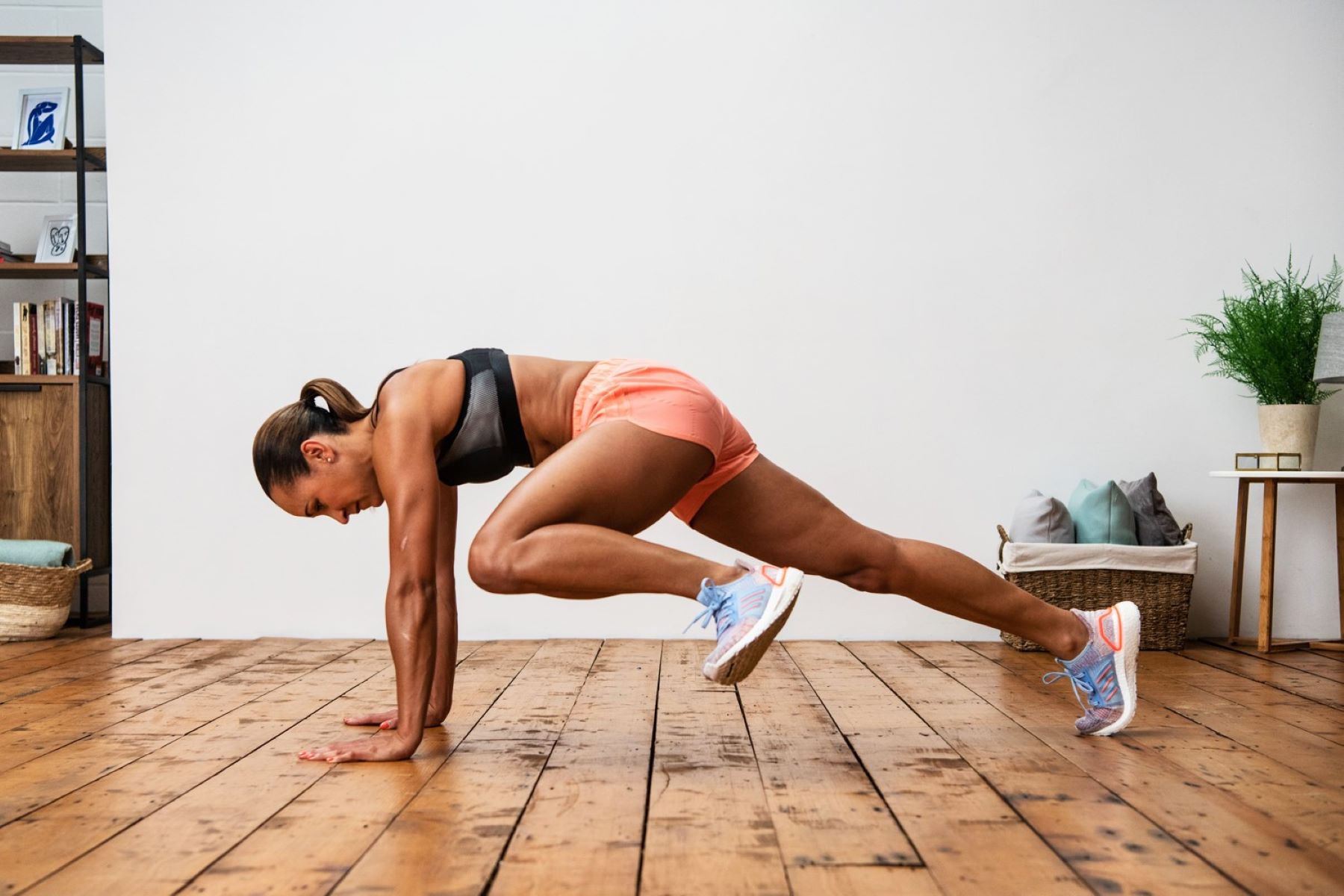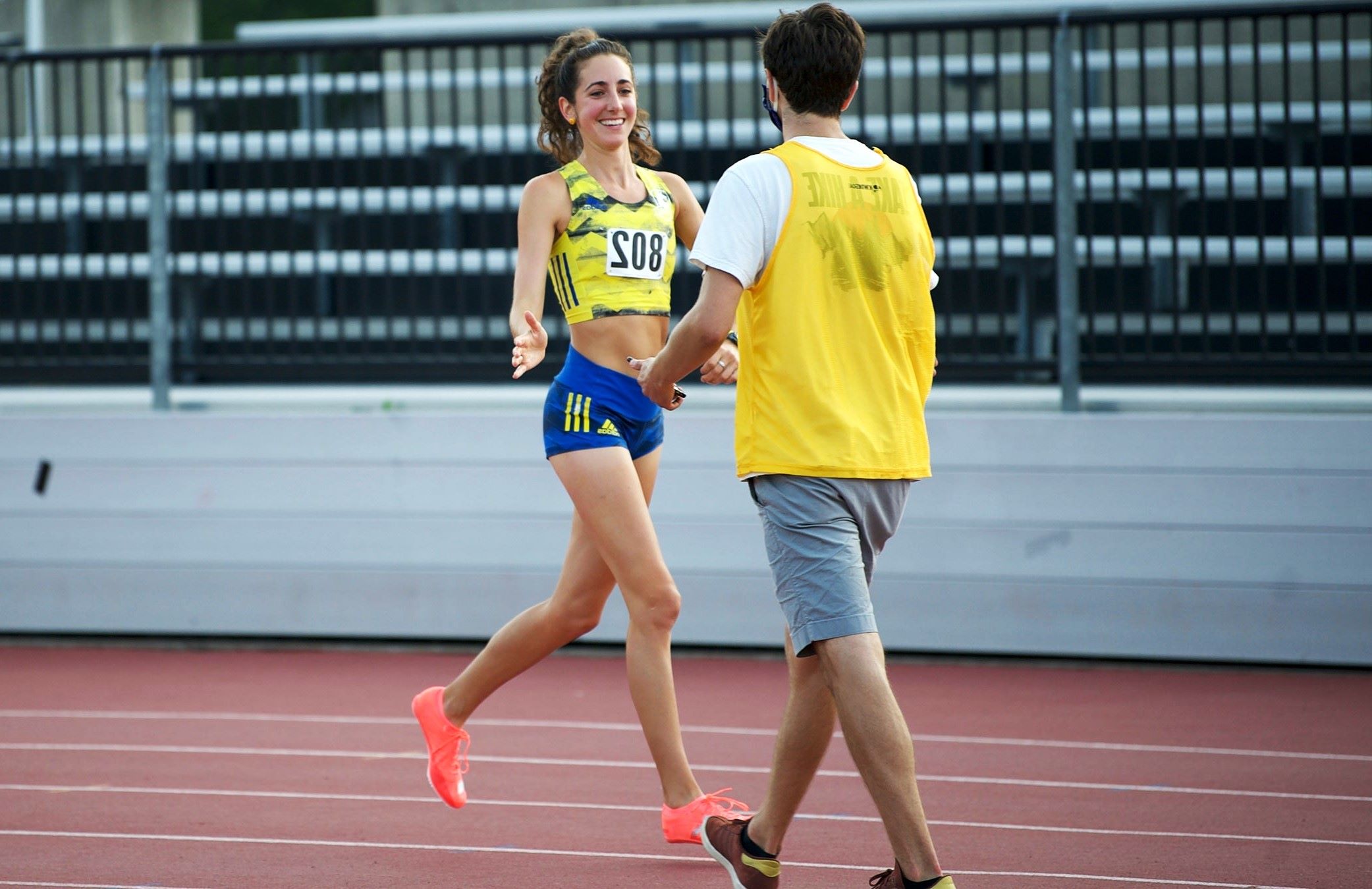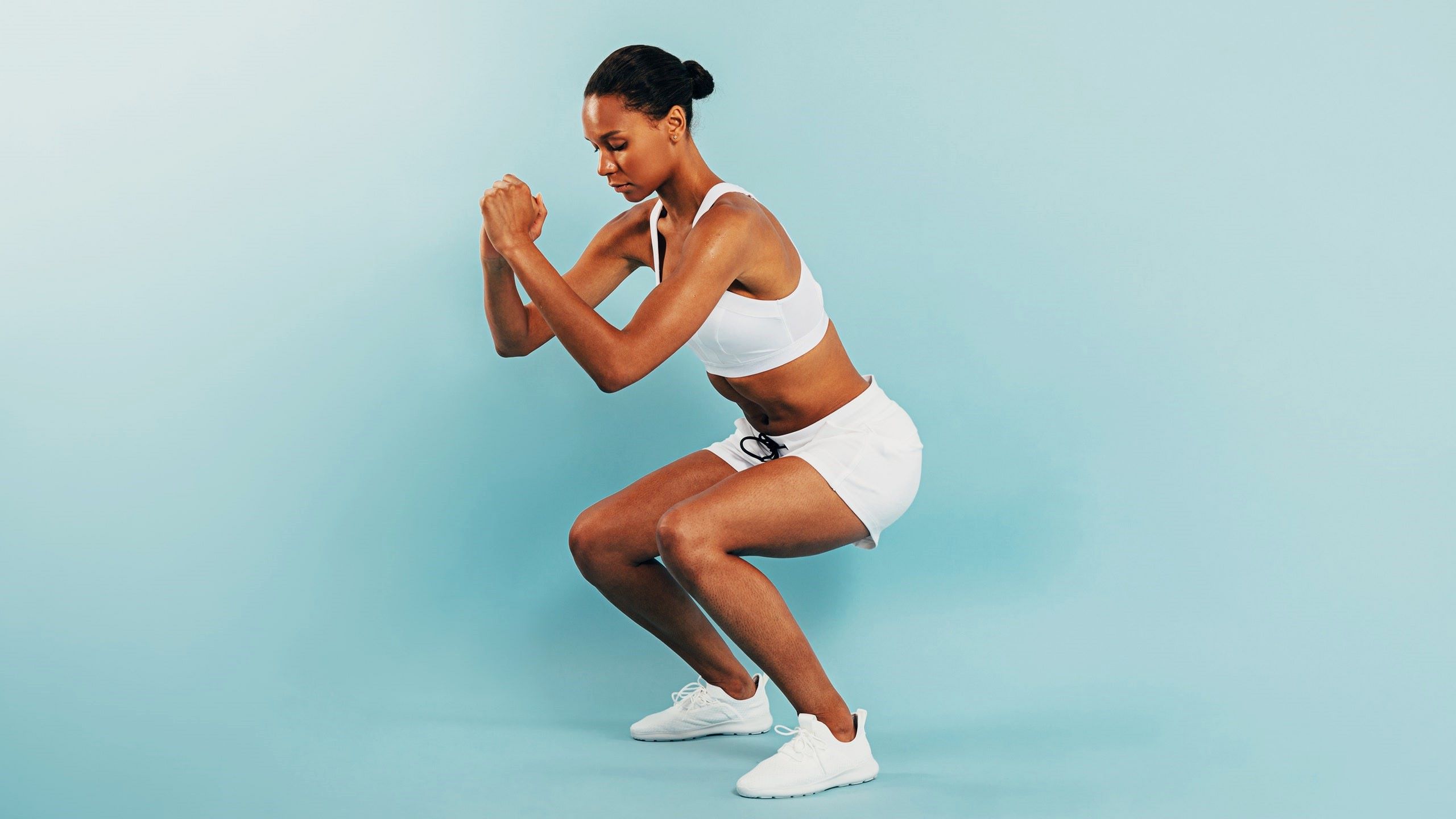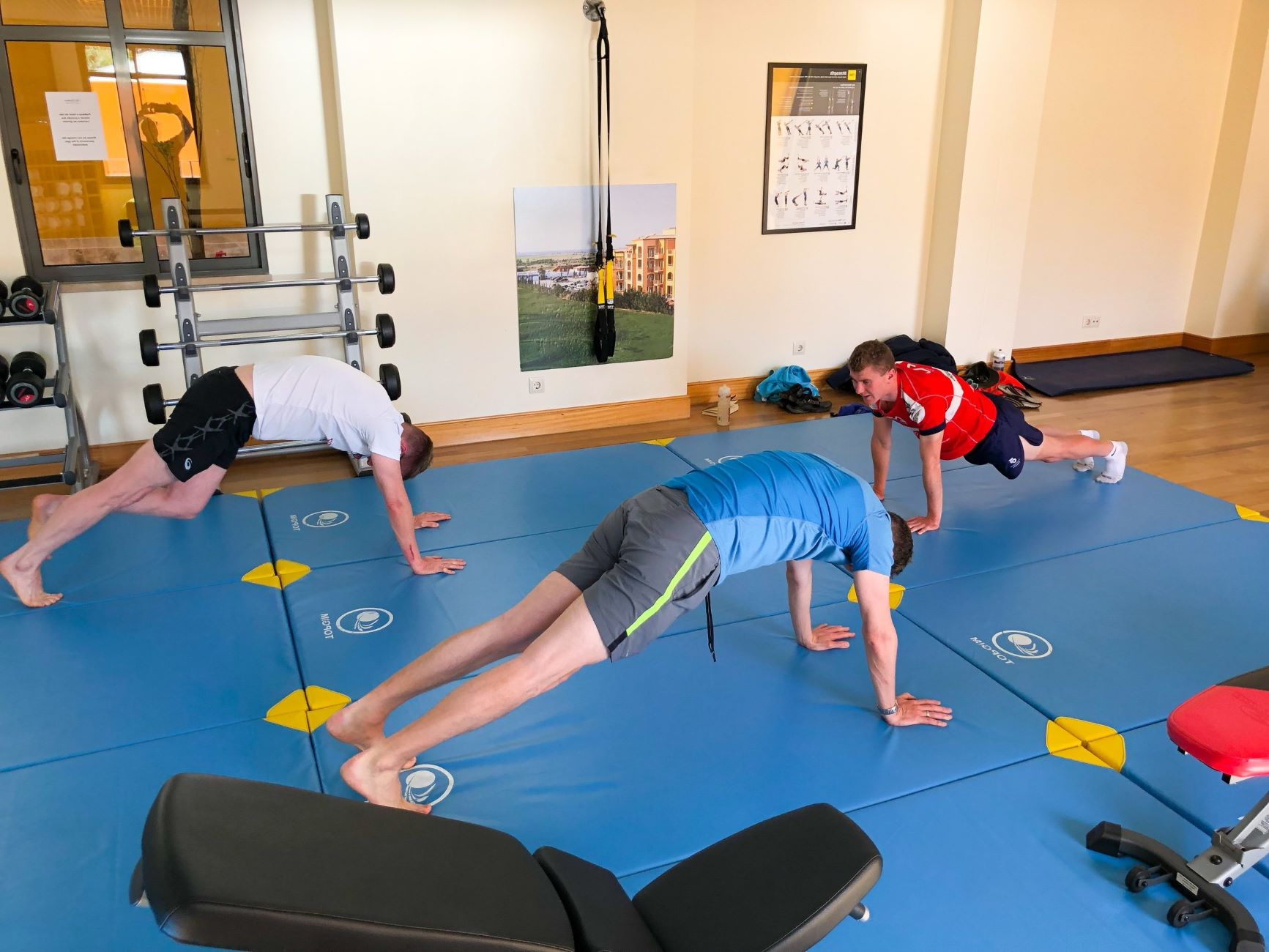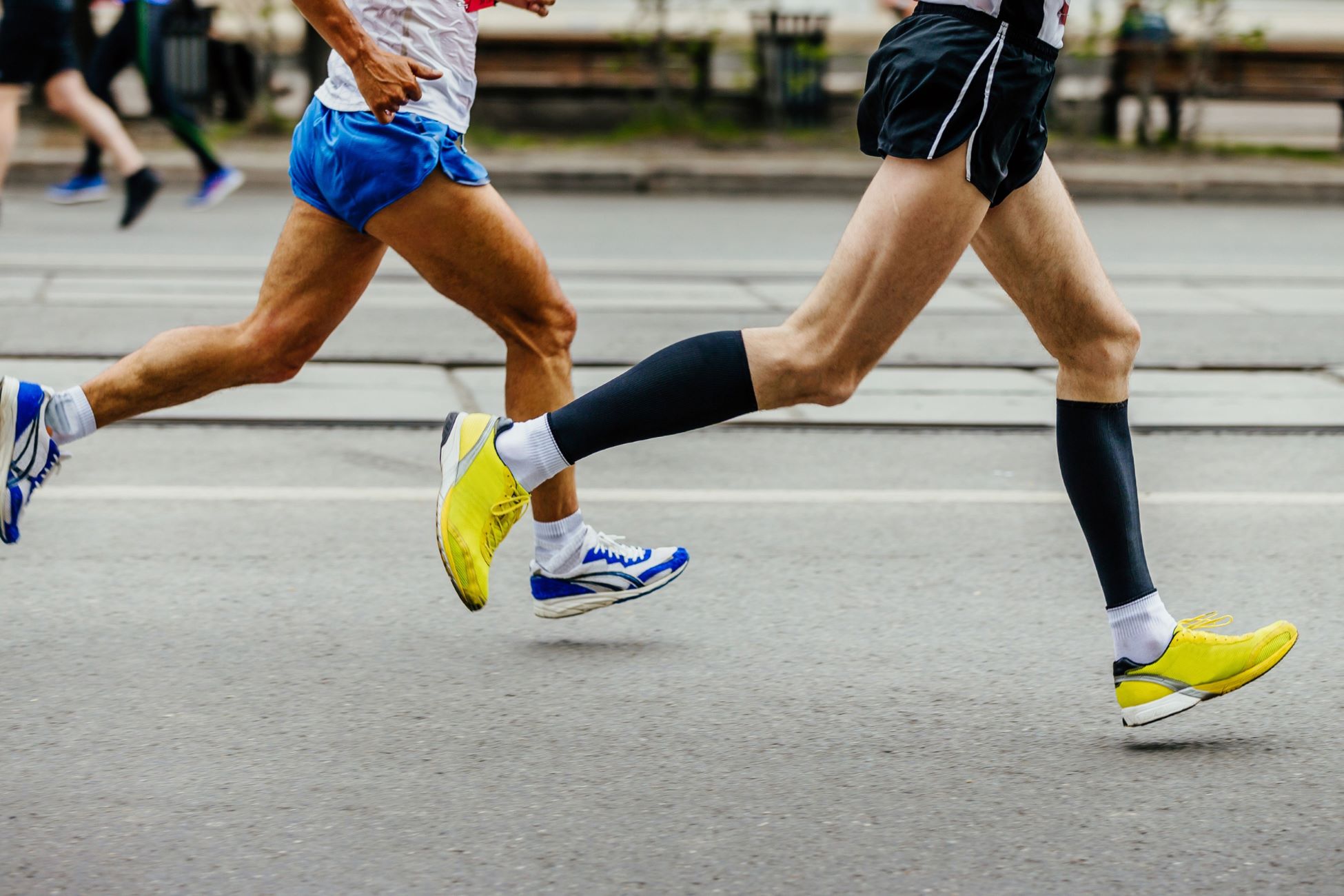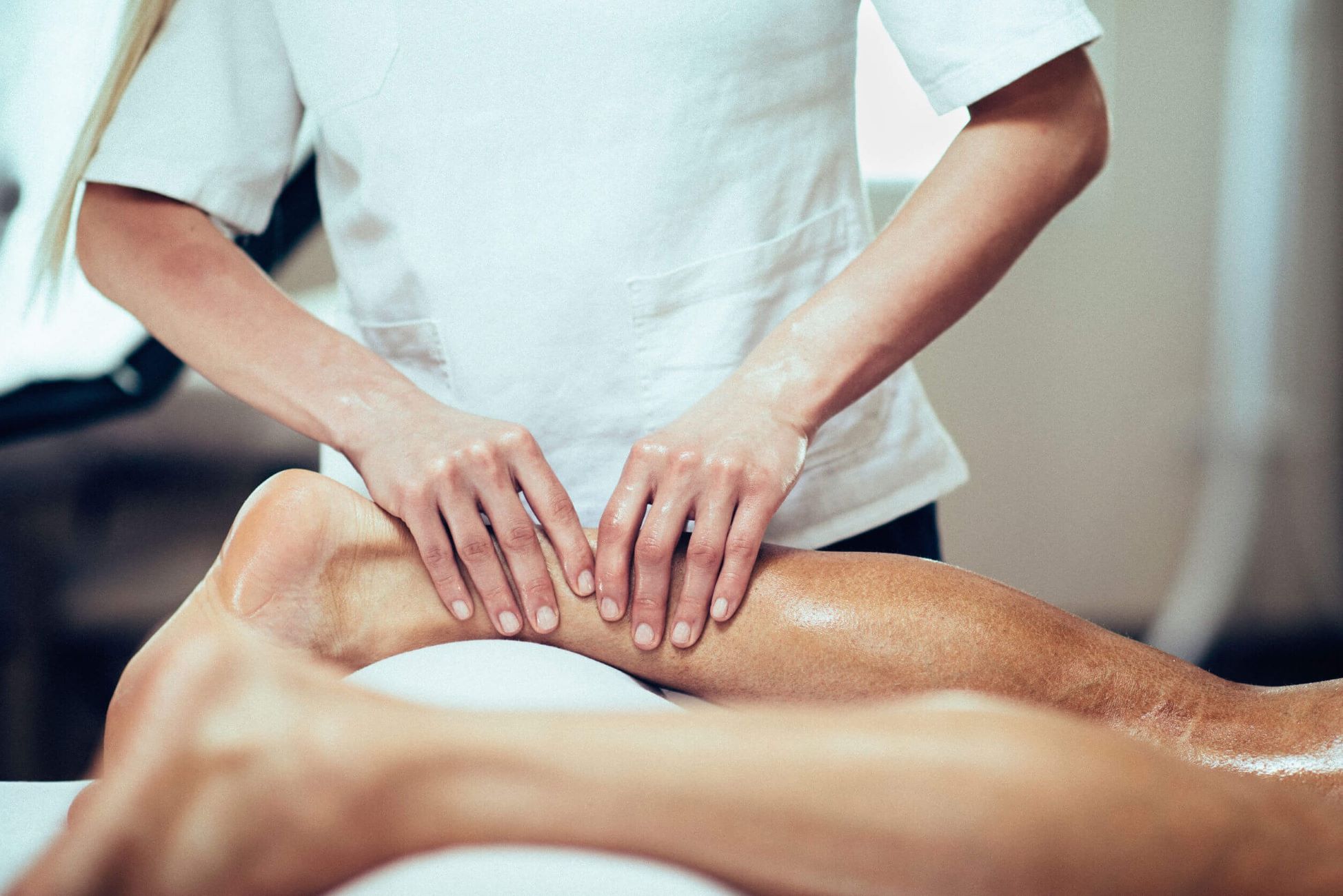Home>Health & Nutrition>Injury Prevention>Essential Stretching Guide For Beginner Runners
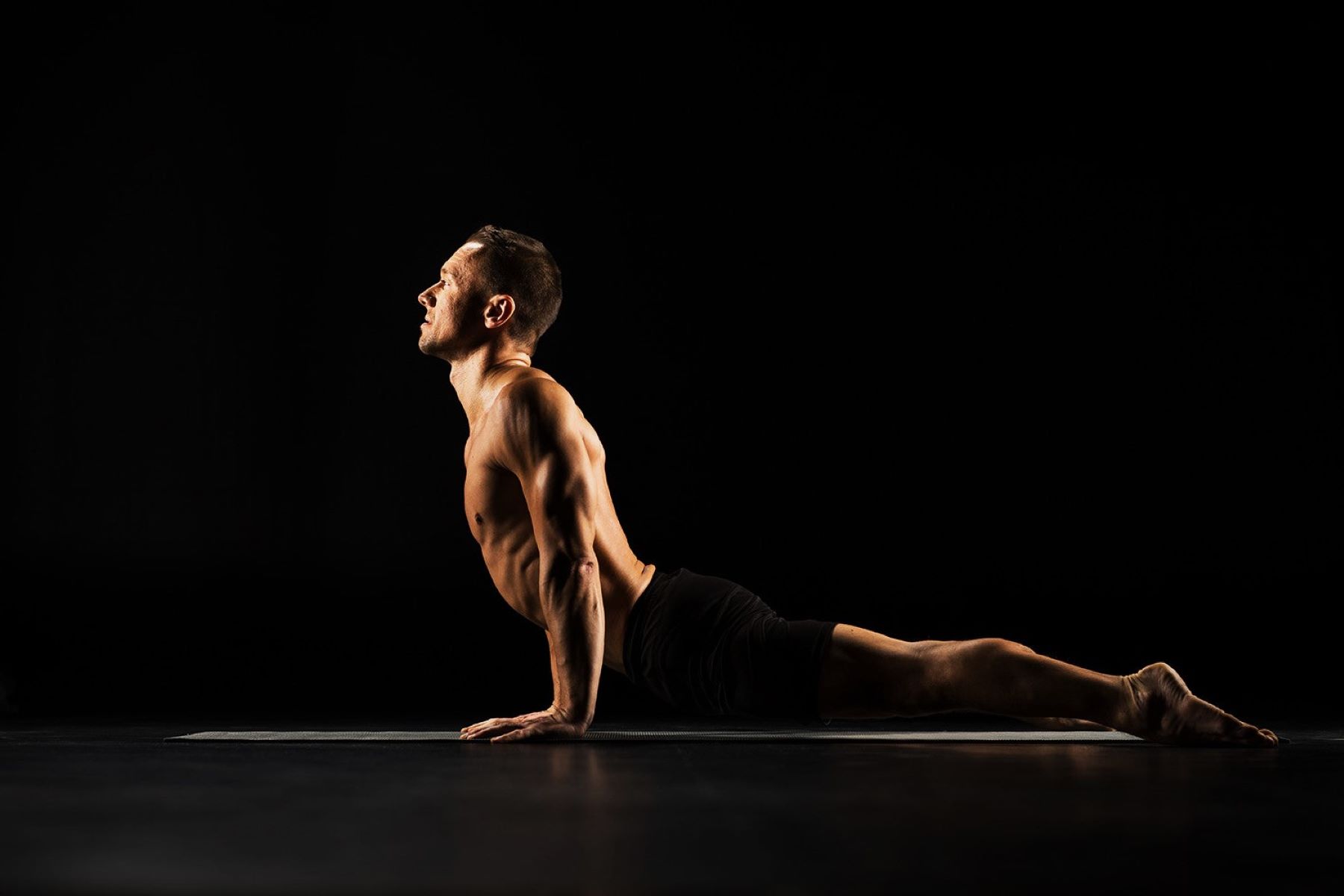

Injury Prevention
Essential Stretching Guide For Beginner Runners
Published: February 29, 2024
Discover the essential stretching guide for beginner runners to prevent injuries and improve performance. Learn the best stretching techniques to keep your body in top condition.
(Many of the links in this article redirect to a specific reviewed product. Your purchase of these products through affiliate links helps to generate commission for Therunningadvisor.com, at no extra cost. Learn more)
Table of Contents
Benefits of Stretching for Beginner Runners
As a beginner runner, incorporating stretching into your routine offers a myriad of benefits that can significantly enhance your running experience. Here are the key advantages of stretching for novice runners:
-
Injury Prevention: Stretching plays a pivotal role in preventing injuries commonly associated with running. By engaging in a regular stretching regimen, beginner runners can improve their flexibility and reduce the risk of muscle strains and joint injuries during their runs.
-
Improved Flexibility: Stretching exercises help to increase the flexibility of muscles and joints, allowing beginner runners to achieve a wider range of motion. Enhanced flexibility can contribute to better running form and efficiency, ultimately leading to improved performance and reduced muscle fatigue.
-
Enhanced Circulation: Engaging in stretching activities before a run can promote better blood circulation, ensuring that the muscles receive an adequate supply of oxygen and nutrients. This can help prepare the body for the physical demands of running and contribute to improved overall performance.
-
Reduced Muscle Tension: Running can lead to muscle tightness, which may hinder performance and increase the risk of discomfort or injury. By incorporating stretching into their routine, beginner runners can alleviate muscle tension and promote relaxation, leading to a more comfortable and enjoyable running experience.
-
Mental Preparation: Stretching provides an opportunity for beginner runners to mentally prepare for their run. It allows them to focus on their breathing, clear their mind, and establish a positive mindset before hitting the pavement, contributing to a more enjoyable and fulfilling running session.
By understanding and embracing the benefits of stretching, beginner runners can lay a solid foundation for their running journey, promoting overall well-being and long-term success in their pursuit of a healthy and active lifestyle.
Read more: Sprinting Technique: A Beginner’s Guide
Common Stretching Mistakes to Avoid
When it comes to stretching, beginners often make common mistakes that can hinder the effectiveness of their routine and even lead to potential injury. Understanding these pitfalls is crucial for optimizing the benefits of stretching and ensuring a safe and productive experience. Here are some common stretching mistakes to avoid:
1. Skipping Warm-Up Stretching:
One of the most prevalent mistakes among beginner runners is skipping the warm-up stretching session. Failing to adequately prepare the muscles and joints before a run can increase the risk of injury and diminish the overall effectiveness of the workout. It's essential to allocate sufficient time to perform dynamic stretches that mimic the movements of running, gradually increasing the range of motion and preparing the body for the physical demands ahead.
2. Holding Static Stretches Too Long:
While static stretching can be beneficial for improving flexibility, holding these stretches for an extended period before a run may actually hinder performance. Prolonged static stretching can lead to a decrease in muscle strength and power, which are essential for running. Instead, focus on dynamic stretching during the warm-up and save static stretches for post-run when the muscles are warm and more receptive to lengthening.
3. Overstretching:
Beginners often fall into the trap of overstretching, believing that pushing their muscles to the limit will yield faster results. However, excessive stretching can lead to muscle strain and injury. It's important to listen to your body and avoid pushing beyond your limits, especially when just starting out. Gradually increasing the intensity and duration of stretches over time is a safer approach to improving flexibility.
4. Neglecting Proper Breathing Techniques:
Effective stretching involves mindful breathing to enhance relaxation and promote better oxygen flow to the muscles. Beginners often neglect their breathing patterns during stretching, which can lead to increased muscle tension and reduced overall effectiveness. Incorporating deep, rhythmic breathing into stretching routines can help optimize the benefits and promote a sense of calm and focus.
5. Ignoring Muscle Imbalances:
Many novice runners overlook the importance of addressing muscle imbalances through targeted stretching. Imbalances in muscle strength and flexibility can lead to poor running form and increase the risk of injury. It's crucial to incorporate stretches that target specific muscle groups, addressing any imbalances and promoting overall symmetry and stability in the body.
By being mindful of these common stretching mistakes, beginner runners can optimize their stretching routine, reduce the risk of injury, and maximize the benefits of their running experience. Embracing proper stretching techniques is a valuable investment in long-term running success and overall well-being.
Pre-Run Stretching Routine
Preparing your body for a run is essential to optimize performance and reduce the risk of injury. A well-rounded pre-run stretching routine can effectively prime your muscles and joints, setting the stage for a successful and enjoyable running experience. Here's a comprehensive guide to a pre-run stretching routine tailored for beginner runners:
1. Dynamic Warm-Up:
Begin your pre-run routine with dynamic stretching exercises to gradually elevate your heart rate and increase blood flow to the muscles. Dynamic stretches involve active movements that mimic the actions of running, such as leg swings, high knees, and arm circles. These movements help to loosen up the muscles and improve flexibility while preparing the body for the upcoming physical activity.
Read more: Open-Water Swimming: A Beginner’s Guide
2. Leg Stretches:
Focus on stretching the major muscle groups in your legs, including the quadriceps, hamstrings, and calves. Perform dynamic lunges to target the quadriceps and hip flexors, and incorporate calf raises to stretch and strengthen the calf muscles. These stretches help to improve the flexibility and range of motion in your lower body, essential for maintaining proper running form and reducing the risk of muscle strain.
3. Hip Flexor Stretch:
The hip flexors play a crucial role in running, and maintaining their flexibility is vital for optimal performance. Perform a standing or kneeling hip flexor stretch to alleviate tightness in the hip flexor muscles, promoting a more fluid and efficient running stride.
4. Core Activation:
Engage in core activation exercises to stabilize the abdominal and lower back muscles, enhancing overall posture and running mechanics. Incorporate exercises such as planks, bird dogs, or torso twists to activate and strengthen the core, promoting better balance and stability during your run.
5. Arm and Shoulder Stretches:
While running primarily engages the lower body, it's important not to overlook the upper body. Perform arm circles, shoulder rolls, and triceps stretches to loosen up the arms and shoulders, promoting a relaxed and efficient arm swing during your run.
6. Controlled Breathing:
Throughout your pre-run stretching routine, focus on controlled breathing to promote relaxation and mental preparedness. Deep, rhythmic breathing can help calm the mind, reduce pre-run jitters, and optimize oxygen flow to the muscles, setting the stage for a focused and energized run.
By incorporating these dynamic and targeted stretches into your pre-run routine, you can effectively prepare your body for the physical demands of running, reduce the risk of injury, and optimize your overall running performance. Embracing a consistent and well-rounded pre-run stretching routine is a valuable investment in your running journey, promoting long-term success and enjoyment on the road or trail.
Post-Run Stretching Routine
After completing a run, it's crucial to transition into a post-run stretching routine to aid in the recovery process and promote muscle relaxation. This routine is designed to alleviate muscle tightness, enhance flexibility, and reduce the risk of post-run soreness. Here's a detailed guide to an effective post-run stretching routine tailored for beginner runners:
1. Cool Down Jog:
Begin your post-run routine with a gentle cool down jog or walk for 5-10 minutes. This helps gradually lower your heart rate and allows your body to transition from the intensity of the run to the subsequent stretching exercises.
2. Hamstring Stretch:
Target your hamstrings by performing a seated or standing hamstring stretch. Extend one leg in front of you and gently lean forward from your hips, feeling the stretch in the back of your thigh. Hold the stretch for 20-30 seconds on each leg, focusing on maintaining steady breathing throughout.
Read more: Running Gear Guide For Beginner Triathletes
3. Quadriceps Stretch:
Next, focus on stretching your quadriceps to alleviate tightness in the front of your thighs. Stand tall and bring one heel towards your glutes, gently grasping your ankle and pulling it closer to your body. Hold the stretch for 20-30 seconds on each leg, being mindful of maintaining proper posture and balance.
4. Calf Stretch:
Perform a calf stretch by stepping one foot back and pressing the heel into the ground while keeping the front knee bent. You should feel the stretch in the calf of the extended leg. Hold the stretch for 20-30 seconds on each leg, ensuring a gentle and controlled stretch without bouncing.
5. Hip Flexor Stretch:
Address tightness in the hip flexors by performing a kneeling or standing hip flexor stretch. This helps counteract the repetitive motion of running and promotes flexibility in the hip area, crucial for maintaining optimal running mechanics.
6. Glute Stretch:
Target your glute muscles by performing a seated or lying glute stretch. Cross one ankle over the opposite knee and gently press down on the raised knee, feeling the stretch in the gluteal muscles. Hold the stretch for 20-30 seconds on each side, allowing the muscles to gradually release tension.
7. Deep Breathing and Relaxation:
Throughout your post-run stretching routine, focus on deep, diaphragmatic breathing to promote relaxation and aid in the release of tension in the muscles. Embracing a sense of calm and mindfulness during this time can enhance the overall effectiveness of the stretching routine.
By incorporating this comprehensive post-run stretching routine into your regimen, you can effectively support your body's recovery process, reduce muscle tightness, and promote overall flexibility. Embracing these targeted stretches as part of your post-run ritual can contribute to a more comfortable and fulfilling running experience, setting the stage for ongoing progress and enjoyment in your running journey.
Best Stretches for Improving Flexibility
Improving flexibility is a crucial aspect of a beginner runner's journey, as it not only enhances performance but also reduces the risk of injury. Incorporating a variety of stretches that target key muscle groups can significantly contribute to overall flexibility and mobility. Here are some of the best stretches for beginner runners to improve flexibility:
-
Downward-Facing Dog: This classic yoga pose effectively stretches the entire back of the body, including the calves, hamstrings, and lower back. Begin on your hands and knees, then lift your hips toward the ceiling, forming an inverted V shape. Focus on pressing your heels toward the ground while lengthening your spine, creating a deep stretch along the back of your legs and spine.
-
Pigeon Pose: Pigeon pose is a powerful hip opener that targets the glutes, hip flexors, and outer thighs. From a plank position, bring one knee forward toward the same-side wrist, then extend the opposite leg behind you. Lower your hips toward the ground, feeling a deep stretch in the hip of the front leg. This stretch is particularly beneficial for runners, as it helps alleviate tightness in the hips and promotes greater range of motion.
-
Standing Forward Fold: This standing yoga pose provides an intense stretch for the hamstrings and lower back. Stand with your feet hip-width apart and fold forward from the hips, allowing your upper body to hang toward the ground. Focus on keeping your spine long and your knees slightly bent to protect the lower back while experiencing a deep stretch in the back of your legs.
-
Seated Forward Bend: Sitting on the ground with your legs extended in front of you, hinge at the hips to fold forward, reaching toward your feet. This stretch targets the hamstrings and lower back, promoting flexibility in the posterior chain. It's important to approach this stretch with gentleness and patience, gradually working toward a deeper fold over time.
-
Cobra Stretch: Lie on your stomach with your hands placed under your shoulders, then gently press into the ground to lift your chest and gaze upward. The cobra stretch effectively opens up the chest, stretches the abdominal muscles, and promotes flexibility in the spine. This can be particularly beneficial for runners, as it counteracts the forward-leaning posture often associated with running.
Incorporating these stretches into your routine can significantly enhance overall flexibility, reduce muscle tightness, and promote better range of motion. By embracing a diverse range of stretches that target various muscle groups, beginner runners can lay a strong foundation for improved flexibility, ultimately contributing to a more enjoyable and sustainable running experience.
Incorporating Yoga and Pilates into Your Stretching Routine
Integrating yoga and Pilates into your stretching routine can offer a multitude of benefits for beginner runners, enhancing flexibility, strength, and overall well-being. Both yoga and Pilates emphasize controlled movements, breath awareness, and mindful stretching, making them ideal complements to a runner's training regimen. Here's a closer look at how incorporating these practices can elevate your stretching routine and contribute to a more holistic approach to running.
Yoga for Flexibility and Mindfulness
Yoga encompasses a wide range of poses and sequences that promote flexibility and balance while fostering a sense of mindfulness and mental clarity. For beginner runners, integrating yoga into their stretching routine can help alleviate muscle tightness, improve posture, and enhance body awareness. Poses such as the downward-facing dog, warrior series, and pigeon pose target key muscle groups, including the hamstrings, hips, and back, promoting overall flexibility and mobility essential for running.
Moreover, the emphasis on breath control and relaxation in yoga can aid in reducing pre-run jitters, calming the mind, and enhancing focus before hitting the road or trail. The meditative aspects of yoga can also contribute to stress reduction and mental resilience, creating a positive impact on both physical and mental well-being.
Pilates for Core Strength and Stability
Pilates focuses on strengthening the core muscles, improving posture, and enhancing overall body alignment. By incorporating Pilates exercises into your stretching routine, beginner runners can benefit from increased core strength, which is essential for maintaining proper running form and stability. Pilates movements engage the deep stabilizing muscles of the abdomen and back, promoting better body control and alignment during running.
Additionally, Pilates exercises often emphasize controlled, precise movements that target specific muscle groups, helping to address any imbalances and asymmetries in the body. This can contribute to improved overall body symmetry and reduce the risk of injury due to muscular imbalances.
Creating a Balanced Routine
Integrating yoga and Pilates into your stretching routine doesn't necessarily require lengthy sessions. Even dedicating a few minutes to incorporate key yoga poses or Pilates exercises can yield significant benefits. Consider adding a short yoga flow or a Pilates mat routine to your pre-run warm-up or post-run stretching routine to reap the rewards of these practices.
By infusing your stretching routine with elements of yoga and Pilates, you can cultivate a more balanced and comprehensive approach to your running journey. Embracing the physical and mental benefits of these practices can contribute to improved flexibility, enhanced core strength, and a greater sense of overall well-being, ultimately supporting your progress as a beginner runner.
Incorporating yoga and Pilates into your stretching routine offers a holistic approach to running, promoting physical and mental well-being while enhancing flexibility, strength, and stability. By embracing the principles of these practices, beginner runners can elevate their stretching routine and lay a solid foundation for a fulfilling and sustainable running experience.

